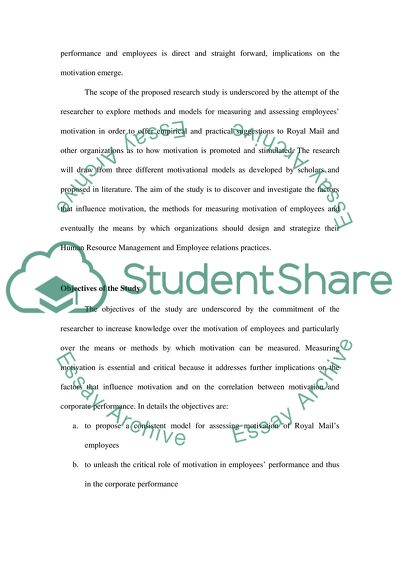Cite this document
(Study of Employee Motivation Research Proposal Example | Topics and Well Written Essays - 1750 words, n.d.)
Study of Employee Motivation Research Proposal Example | Topics and Well Written Essays - 1750 words. https://studentshare.org/human-resources/1738081-reseach-propsal
Study of Employee Motivation Research Proposal Example | Topics and Well Written Essays - 1750 words. https://studentshare.org/human-resources/1738081-reseach-propsal
(Study of Employee Motivation Research Proposal Example | Topics and Well Written Essays - 1750 Words)
Study of Employee Motivation Research Proposal Example | Topics and Well Written Essays - 1750 Words. https://studentshare.org/human-resources/1738081-reseach-propsal.
Study of Employee Motivation Research Proposal Example | Topics and Well Written Essays - 1750 Words. https://studentshare.org/human-resources/1738081-reseach-propsal.
“Study of Employee Motivation Research Proposal Example | Topics and Well Written Essays - 1750 Words”. https://studentshare.org/human-resources/1738081-reseach-propsal.


